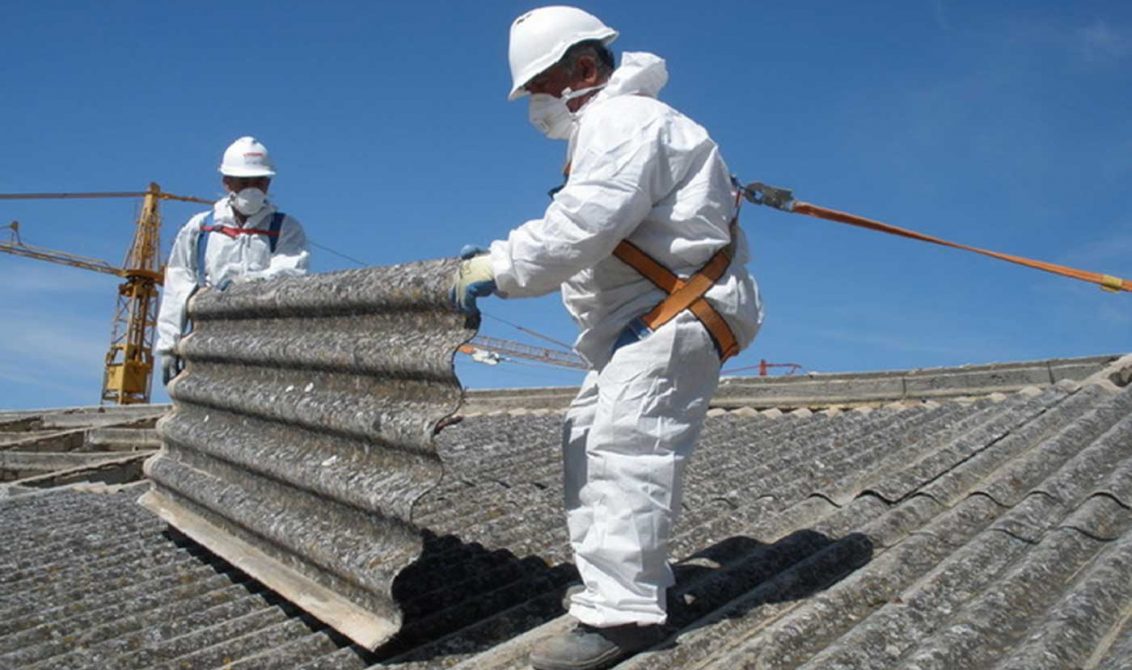Asbestos was a widely used material used in the construction of houses in Australia. It was cheap, durable and served as an excellent electrical insulator. Because of its characteristic of heat-resistance, it was extensively coated on ceilings, walls and floors.
It is estimated that around 90% of the consumption of asbestos produced in Australia was in the cement manufacturing industry. Some of these asbestos products are still in use today. Though asbestos materials were banned from being used in construction in the mid 1980s, it was only in 2003 that Australia became one of the few countries to have completely banned the use of asbestos. It is not even allowed to import, trade, store, supply, reuse or sell asbestos.
Even then asbestos continues to be a problem in Australia. Two out of three homes built during World War II and before the 1980s contain asbestos in some form or the other.
What is Asbestos and Why is It Harmful?
Asbestos is used to refer to six naturally occurring silicate minerals that are composed of long and thin fibrous crystals. Each fiber is composed of many microscopic fibrils. These fibrils, when disturbed, get released in the air, and exposure to them is harmful for the body.
Asbestos is a known carcinogen and causes diseases like asbestosis and cancer. This type of cancer is very serious and is caused by breathing in or ingesting asbestos fibers. These fibres become lodged in the thin membrane that lines and encases the lungs and abdominal cavity.
How Do You Find Out if Your House Contains Asbestos or Not?
There is no particular way of telling if asbestos is present in the building. But if your house was built before 1990, then it is highly possible that asbestos is present in your house. You can give a sample of the material to a laboratory for testing. There are also some companies which test your building for asbestos in Melbourne.
However, it’s best to leave it as it is. Any disturbance caused to asbestos can release the fibres in the air and may pose a risk to you and your family. This is why when undergoing renovation or demolition, it’s best to hire professionals who are trained in safe asbestos removal. They take extreme caution as to seal the areas and protect you and themselves from exposure to asbestos.
Safe practices include not peeling off loose plaster or loose shingles from walls or roofs. If you notice any such thing in your house, it’s advised to consult professionals immediately. As the old saying goes ‘Precaution is better than cure’, let’s do our best to be safe!

